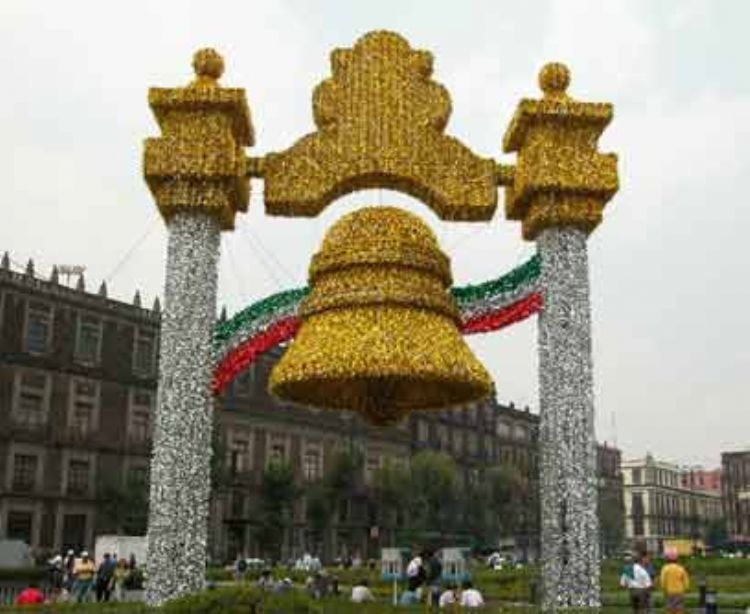
About Ciudad Juárez
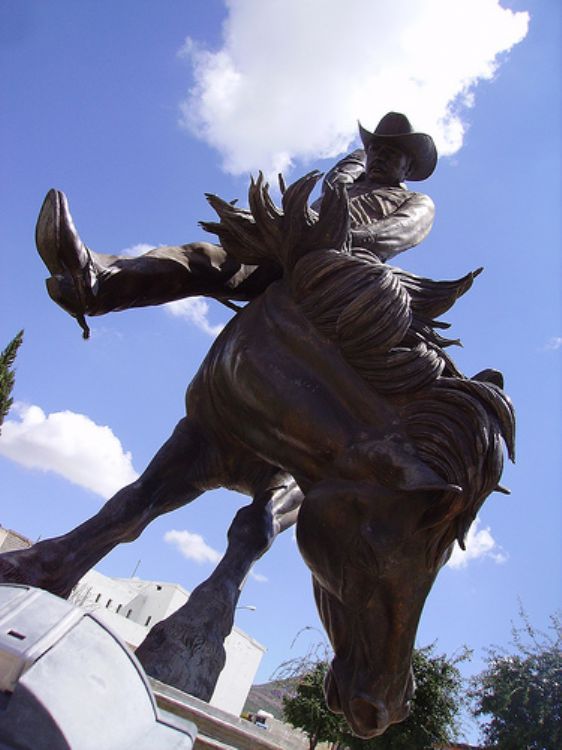
Formerly known as Paso del Norte, today as Ciudad Juarez, this Mexican border city is located in an broad valley on the edge of Rio Bravo in front of its neighboring North American city of El Paso, Texas. Located to the North of Chihuahua, State Capital, today it is one of the most important manufacturing centers in Mexico and a dynamic city, but also maintains its cultural wealth and remembers its important role in national history.
The beginnings of Juarez date back to long before the Colonial era. It is said that the region's first dwellers were descendants of the Anasazi, being a closer and more familiar culture for the population of Juarez, sharing many of the cultural elements of the Desert. These tribes were fundamentally related to the United States South, considered part of the North American culture of the Oasis America area.
Before the arrival of the Spaniards, this area was mainly inhabited by Sumas and Mansos Indians. These were most abundant in the region and later requested their incorporation to Christianity, founding Paso del Norte. The name of these Indians (Mansos) is said to come from their encounters with Spaniards, who used to calm their dogs so they wouldn't bite the Indians by saying "âsal de allí, manso, manso"â¦"â
History indicates that after a shipwreck on the coast of what we now know as Florida, Alvar Nuñez Cabeza de Vaca and his crew were the first at Juarez. From then on, many Spanish expeditions happened in this area, many of which were Franciscan missions with the main goal of evangelizing the Indians, according to the Consejo de Indias Agreement established in 1573 about treating the Indians with full respect. It can be said that the most notable personality (of that era) traveling through this area was Juan de Oñate, distinguished by the Viceroyalty and known for having been helped by eleven missionaries lead by Friar Rodrigo Duran.
Many years later, on the 8th of December 1659, Friar Garcia de San Francisco created and founded a mission known by the name of "âconversion"â because it was the place where the pagan Indians were converted into Christianity. Later, its name changed and was called "âMisión de Nuestra Señora de Guadalupe"â; then and due to its growth and development, a locality with villa category was created, known as Villa Paso del Norte. This villa continued to be developed basically supported on its strategic location and abundant water, turning it into the ideal place of rest for travelers going through the desert plains from south to north (and vice versa) and the pilgrims going to the north, specially to New Mexico, who arrived and rested for some days at this fine and peculiar villa. The following years continued to be of great development for this villa, even though it took almost two centuries to dominate the ferocious natives who continually robbed horses from the Spaniards. During the XVIII century, the Spaniards extended to the north, for which Paso del Norte Villa became very important, given its strategic geographic position, a place along the "âroyal path"â from Mexico City to Santa Fe and beyond. Commerce multiplied and even though the struggles against the Apache never ceased, they became common events.
After Mexico's Independence, the importance of this town continued growing and its development was based on great commerce with United States. Therefore, after the war with this neighboring country, a customs-house was established in Paso del Norte during 1835, trying to control the great commercial exchange between both nations. In Mexico's history, now as Independent Republic, during the French Intervention, this city received its current name in honor of President Benito Juárez García, who took refuge in this villa in 1865 and 1866, during the struggle against the French Intervention and the Empire.
During the XXI century, Ciudad Juarez or simply Juarez as it is known by many, limits to the North and Northeast with United States, to the East with Guadalupe Municipality, to the South with Ahumada and to the West with Ascención; its territory measures more than 4,850 squared kilometers (2% of the State), inhabited by more than one million three hundred persons according to the II Conteo de Población y Vivienda 2005. Of these, 50% are men and 50% women, who together present an illiteracy index under 3% from the total population over 15 years of age. Its Economically Active Population is estimated around half a million persons, mainly employed in the secondary (65%) and tertiary (32%) sectors.
Articles Releated with Ciudad Juárez

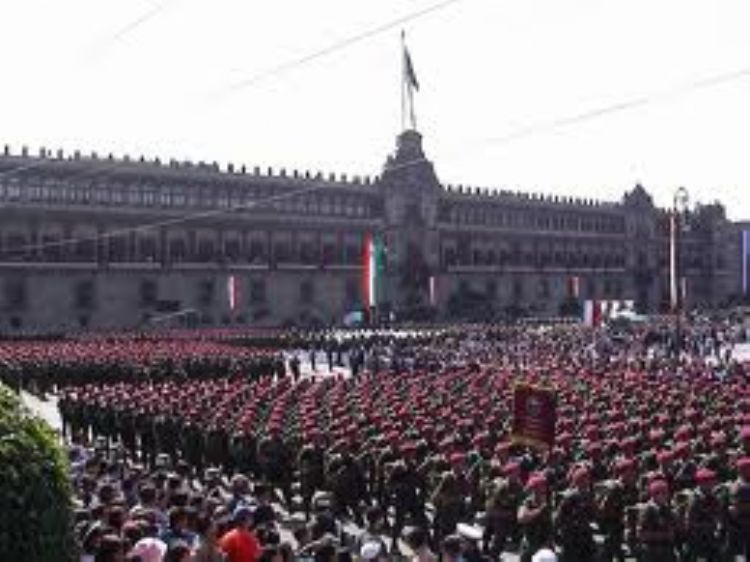
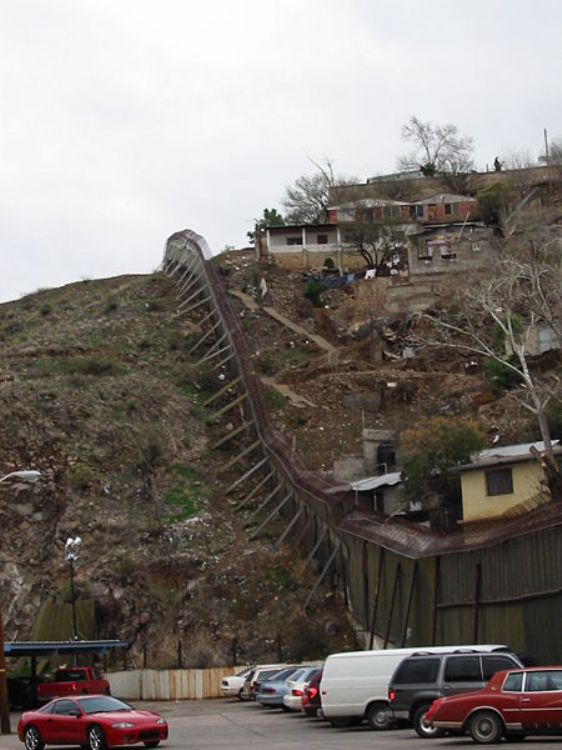
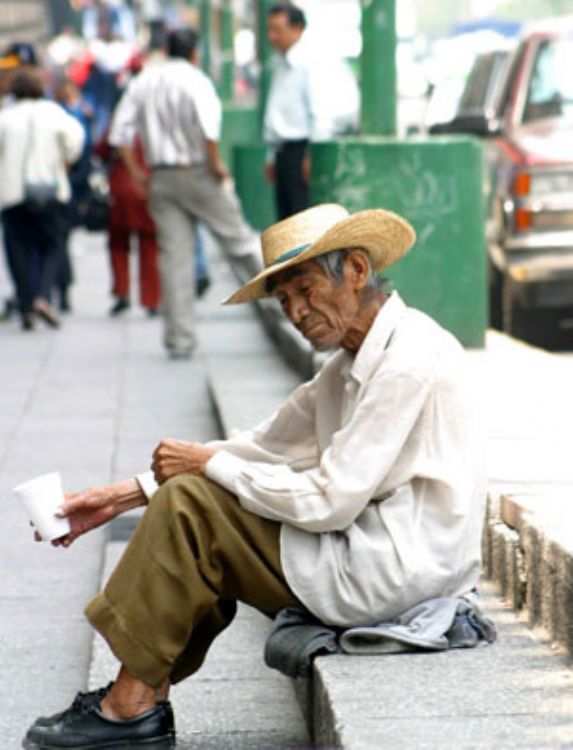
Poverty in Mexico, and its Figures
With most of its inhabitants having unmet needs, it is no...
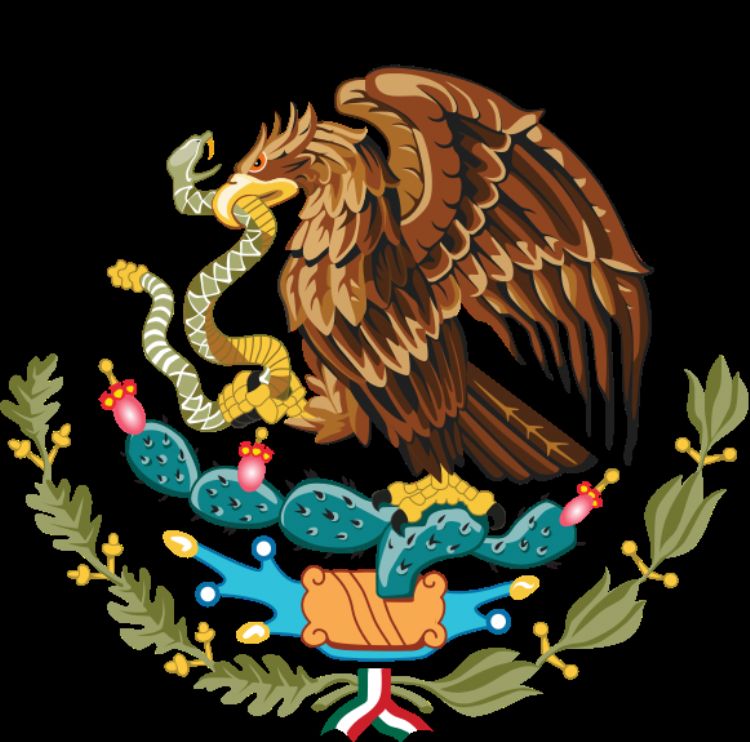
5th of February, Commemoration of the Constitutionâs Promulgation
The 1917 Constitution is the result of a long historical ...
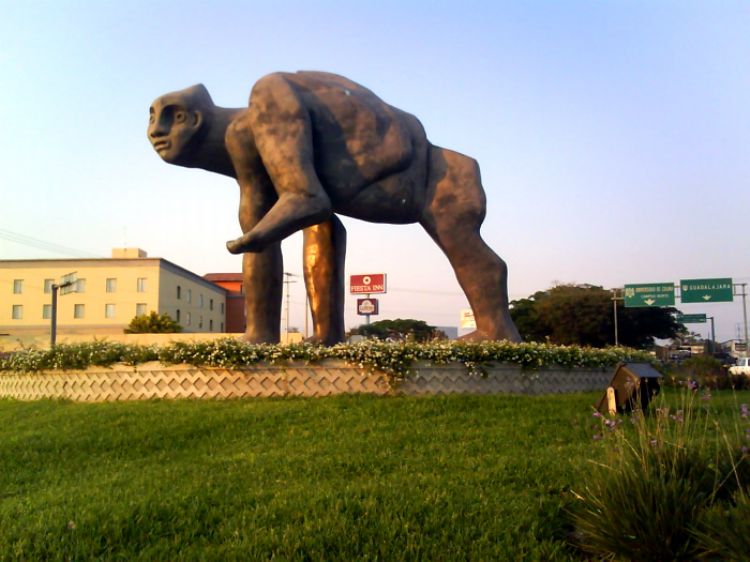
José Luis Cuevas, A Figure in Mexican Art
José Luis Cuevas was born on February 26, 1934 in ...
Most Viewed
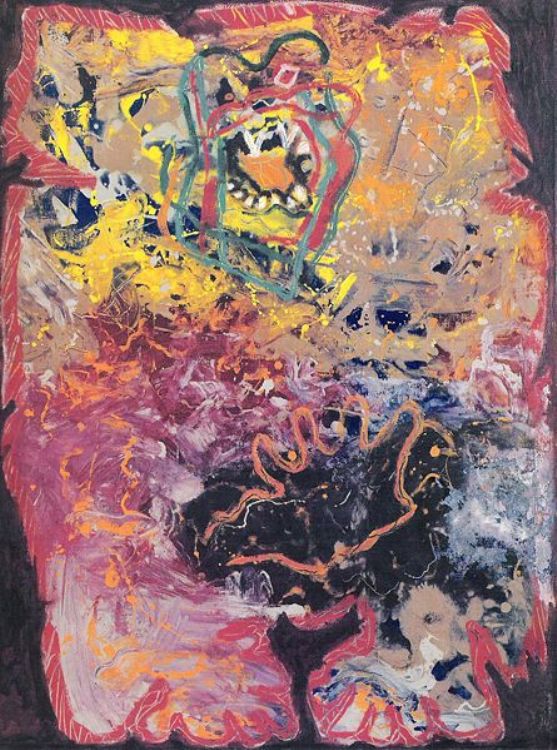
Extraordinary Painters from Oaxaca; Rodolfo Nieto and Rodolfo Morales
Rodolfo Morales; He was born in 1925 in Ocotlán de...
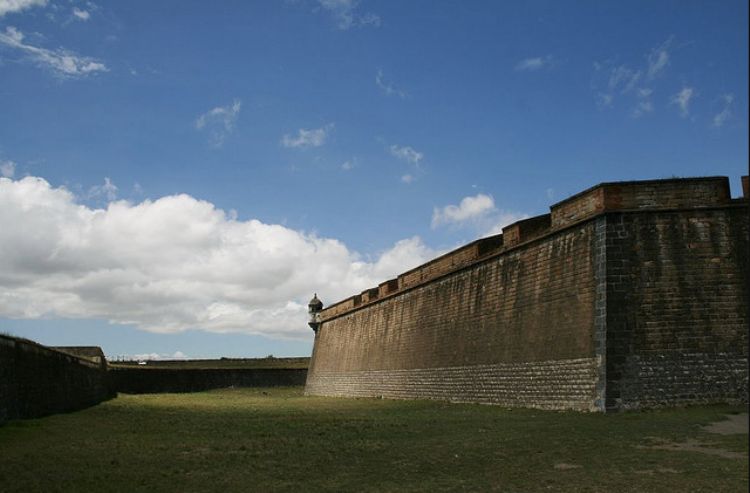
Fortresses, Forts and Hill Forts in Mexico
Being the New Spain a place that for all practical purpos...
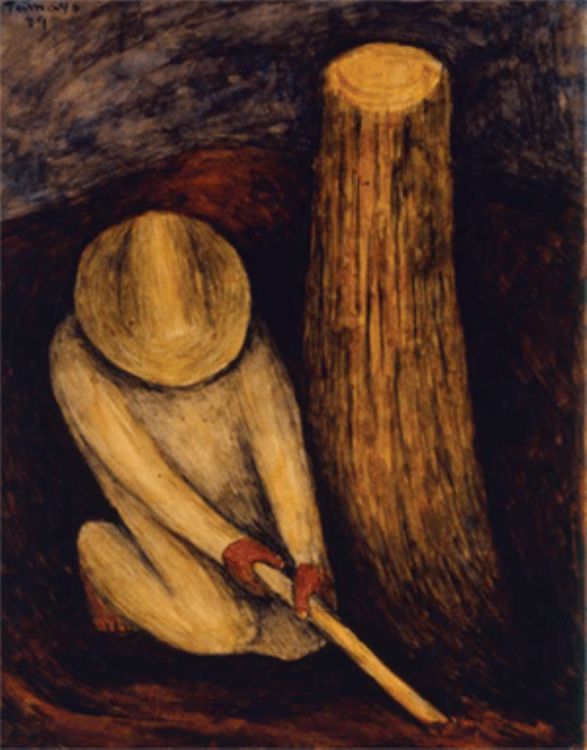
Extraordinary Painters from Oaxaca, Gutiérrez, Zárate and Tamayo
Oaxaca is one of those magical places; its people and tra...
